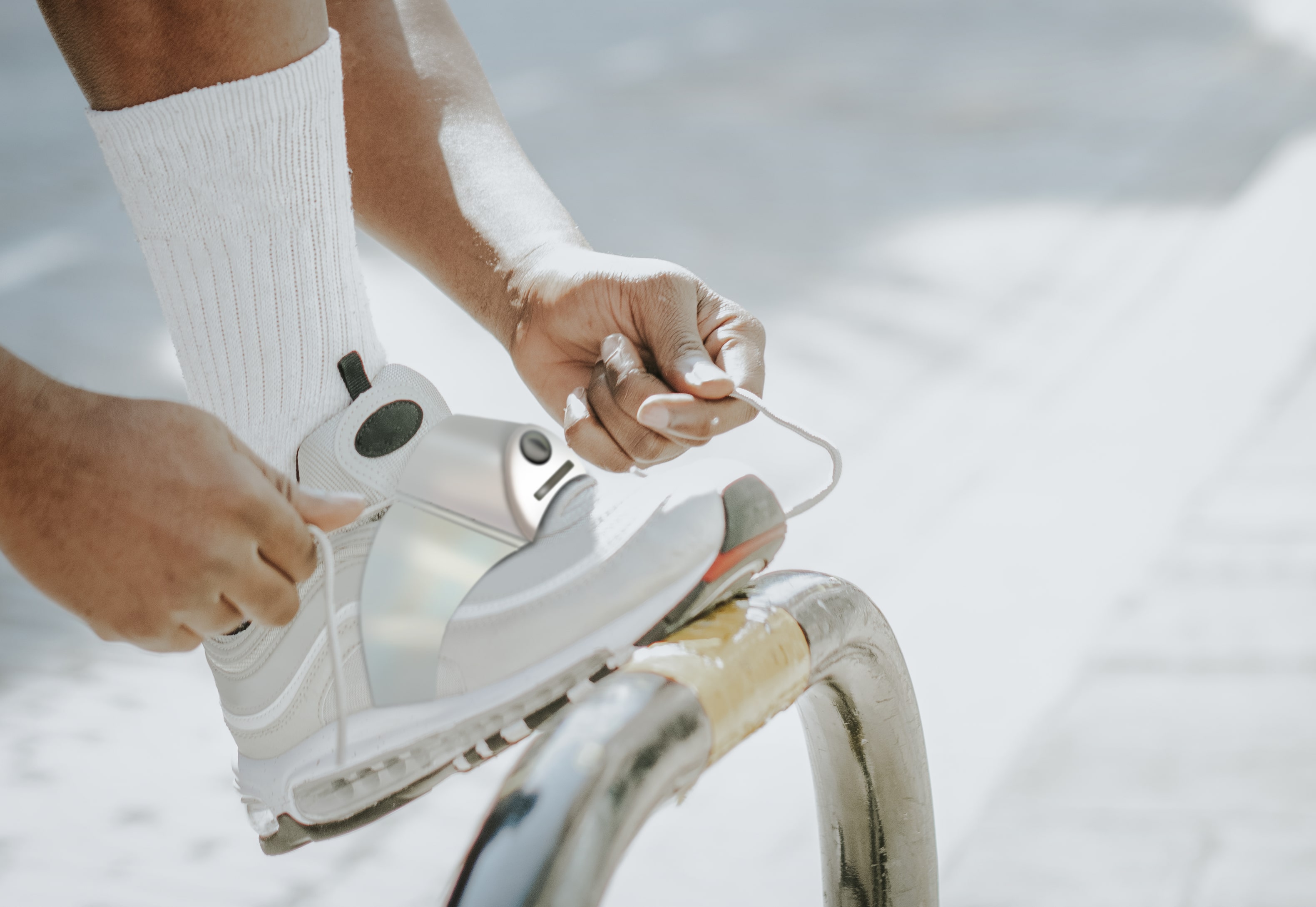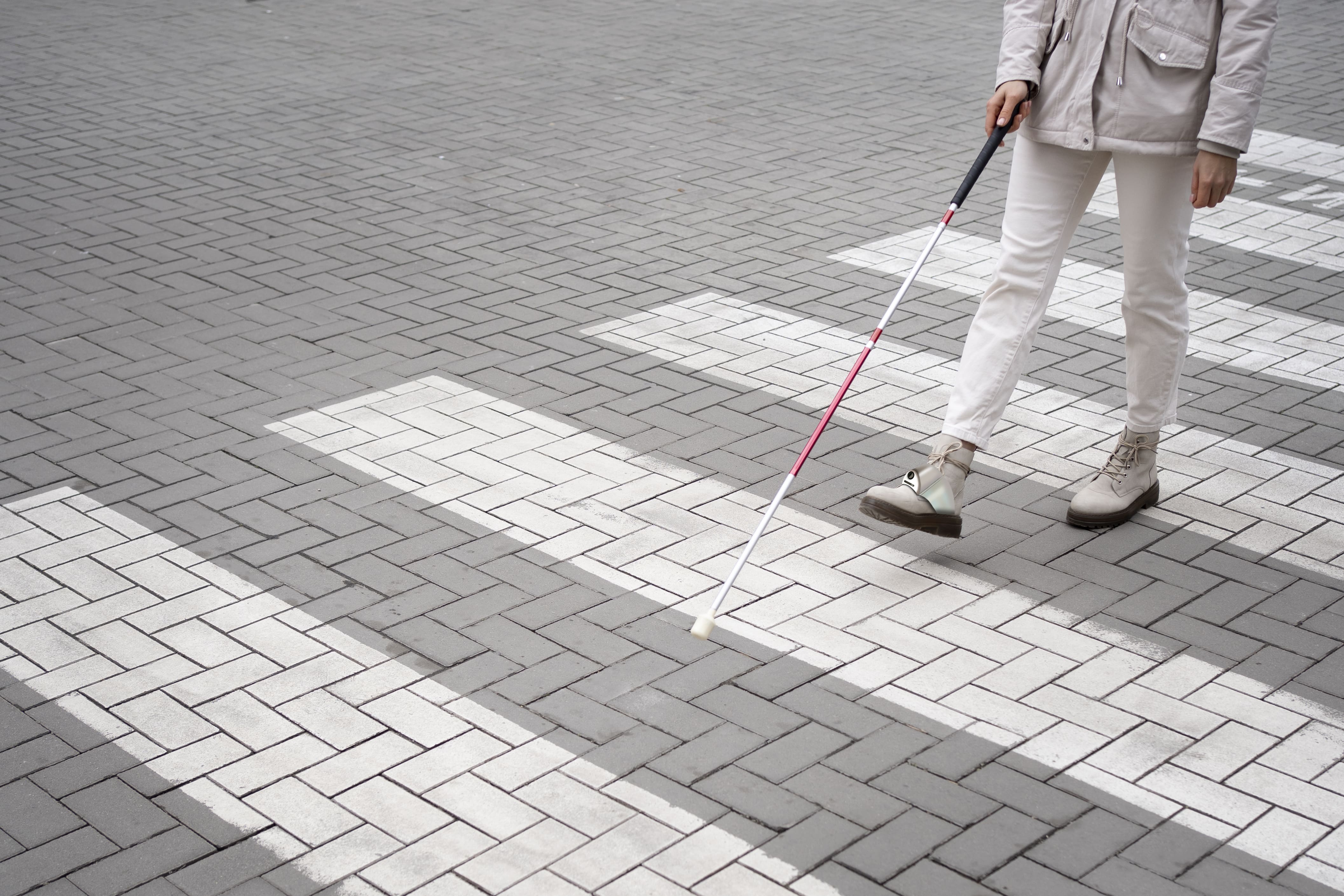Navica uses assistive technology to help visually impaired people move around more independently and safely. It offers AI-powered mobility, real-time obstacle detection, and easy-to-understand feedback. This blog explores the science behind Navica’s AI-driven mobility, real-time navigation, and haptic feedback, showing how these features work together to create a smooth and helpful experience.
Revolutionizing Mobility with AI
AI-powered mobility has become a cornerstone of modern assistive technologies. The integration of artificial intelligence in Navica enables the system to process environmental data and predict potential hazards in real-time. This is achieved through machine learning algorithms that continuously improve their predictive accuracy by learning from the environment. Studies have shown that AI-powered mobility significantly enhances the ability to navigate complex environments (Journal of AI Research, 2021). By processing visual, auditory, and spatial data, AI-powered mobility systems are able to identify obstacles, assess distances, and make navigation decisions that improve user safety. This is a key development in the field of assistive technology, providing blind users with more autonomy in navigating both familiar and unfamiliar surroundings.
Environmental Sensors and Obstacle Detection
Navica uses advanced environmental sensors such as ultrasonic waves and laser-based technologies to detect obstacles. These sensors continuously emit sound waves or light beams, and based on their reflections, the system detects and maps obstacles in the environment. These sensors work in conjunction with real-time navigation systems, processing the data in real time to provide immediate feedback. Research in sensor technology has demonstrated that ultrasonic and laser-based systems are highly effective for dynamic obstacle detection (Journal of Assistive Technology, 2020). By continuously gathering environmental data, Navica can give precise, immediate alerts to users through haptic feedback, signaling the presence of obstacles in their path. This sensory input enhances spatial awareness, offering blind users a more efficient and safer navigation experience.
The Role of Feedback in User Navigation
Feedback systems are integral to assistive devices for the blind, and Navica employs haptic feedback to help users make informed decisions about their movements. Haptic feedback works by providing vibrations that vary in intensity and frequency, depending on the proximity of an obstacle. This method has been scientifically proven to be highly effective for individuals with visual impairments, as it provides tactile information that is easy to interpret. A study conducted by the International Journal of Rehabilitation Research (2020) found that haptic feedback is essential for navigation in dynamic environments, as it allows the user to react instantly without being distracted by auditory signals. The intuitive nature of haptic feedback ensures that visually impaired individuals can navigate safely with minimal cognitive effort, which is crucial for real-time decision-making.
Hands-Free Mobility
Navica’s use of voice recognition technology is a big step forward in assistive tech. The AI-powered system lets users control the device with voice commands, so they don’t have to use their hands. This makes things easier and safer, as people can pay more attention to their surroundings while moving around. Studies on voice recognition in assistive devices show it helps users be more independent and cuts down on the need for manual controls (Journal of Disability Technology, 2021). In Navica, this functionality allows the user to issue commands such as “navigate to my destination” or “start,” with the device responding by providing real-time navigation and feedback. The seamless integration of voice commands with AI-powered mobility systems offers a more personalized, intuitive experience for blind individuals.
The Future of Smart Gadgets for Blind Mobility
Assistive technology is changing quickly, and Navica is leading the way. In the future, real-time navigation and AI-powered mobility will likely include smarter systems to detect the environment, like using augmented reality (AR). AR could create interactive, real-time maps that help visually impaired users better understand their surroundings. Improvements in haptic feedback may also provide more detailed touch responses, giving users a clearer sense of their environment. Research into combining AI mobility with real-time mapping and feedback shows that assistive tech will become more independent and flexible, helping users feel more confident and self-reliant in their daily travels.
Conclusion
Navica represents a paradigm shift in assistive technology that integrates AI mobility, advanced sensors, and haptic feedback to provide visually impaired individuals with a natural and safe navigation environment. As the technology involved in real-time navigation and AI mobility continues to improve, opportunities for greater freedom and accessibility for blind users will become even greater. Navica is positioning future mobility aids, providing us with a preview of what can be achieved when cutting-edge technology meets the demands of everyday living.




